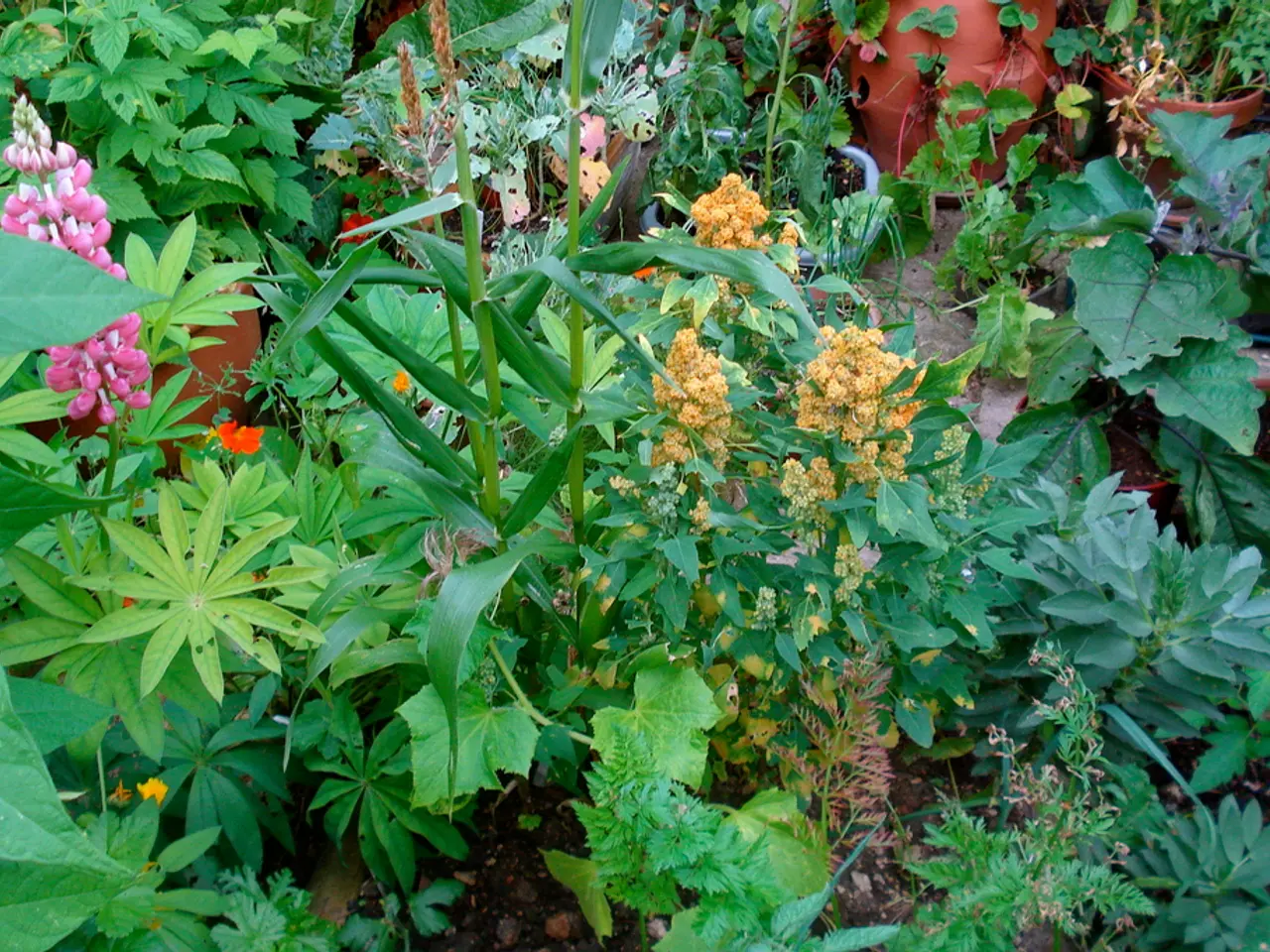Guide for Cultivating Plants in Compact Spaces
For city dwellers and those with limited outdoor space, growing a garden may seem like an impossible dream. However, container and vertical gardening offer flexible and efficient solutions to cultivate a thriving garden right at home.
**Container Gardening**
Container gardening is a versatile method for growing plants in small spaces using pots, buckets, or wooden crates. Most vegetables thrive in containers at least 14 inches in diameter with proper drainage, ensuring regular watering, as containers dry out faster than ground soil, especially in summer heat. Select pots made of materials like terra cotta, plastic, or ceramic, and use high-quality potting soil (not garden soil), and fertilize regularly to replenish nutrients that leach out quickly. Self-watering planters can reduce watering frequency and help maintain consistent moisture. Relocate containers as needed to optimize sunlight exposure for specific plants.
**Vertical Gardening**
Vertical gardening maximizes yield by growing plants upward rather than outward, making it ideal for balconies, patios, and walls. Use structures like trellises, wall-mounted planters, horizontal ladders, wire mesh, or bamboo frames to support climbing plants. Vertical hydroponic systems are another space-efficient option for urban gardeners. This method works especially well for vining crops and allows for creative use of limited space.
**Companion Planting and Square Foot Gardening**
Grow compatible plants together in shared containers to optimize space and potentially improve yields, for example, tomatoes with basil. Square foot gardening divides the growing area into small, organized sections, allowing you to plant a variety of crops in a compact footprint. Rotate crops and succession plant cool-weather vegetables (like lettuce, spinach, and radishes) in spring and again in late summer for extended harvests.
**Top Vegetables and Herbs for Small Space Gardens**
- **Leafy greens**: Lettuce, spinach, kale, and Swiss chard are excellent choices as they require less direct sunlight and mature quickly. - **Dwarf/bush varieties**: Look for compact types of tomatoes, peppers, cucumbers, and eggplant specifically bred for containers. - **Root crops**: Radishes, carrots (especially short varieties), and beets can thrive in deeper containers. - **Climbing and vining plants**: Pole beans, peas, indeterminate tomatoes, zucchini, and cucumbers can be trained vertically on trellises or supports, saving ground space.
**Herbs**
Herbs are some of the easiest plants to grow in small spaces—basil, mint, thyme, cilantro, chives, parsley, and oregano all flourish in pots or vertical planters and can be used fresh in cooking. Many herbs are also perennials, returning year after year with minimal care.
**Small Fruits**
Strawberries and raspberries adapt well to containers and vertical gardens, offering both productivity and visual appeal.
**Practical Tips**
- Choose the right plant for your pot: Fast-growing plants need larger containers; slow-growers can do well in smaller pots. - Maximize sunlight: Fruiting vegetables need at least 8 hours of direct sun; leafy greens can manage with less. - Water and fertilize regularly: Containers dry out and lose nutrients quickly, so consistent care is essential. - Get creative: Use hanging baskets, wall planters, and repurposed items (like ladders) for vertical growing. - Rotate and replant: Take advantage of early and late growing seasons for cool-weather crops to maximize yields.
By combining container gardening, vertical structures, careful plant selection, and smart techniques like companion planting and succession sowing, you can create a vibrant, productive garden in even the smallest urban spaces.
- For those interested in managing a thriving garden with limited outdoor space, container gardening with high-quality potting soil and self-watering planters could be a practical lifestyle choice.
- Fashion-and-beauty enthusiasts might find vertical gardening an appealing addition to their balcony, patio, or wall decor, using structures like trellises to support climbing plants like tomatoes or vine-ripe cucumbers.
- Homeowners seeking to improve their home-and-garden environment can also integrate gardening into outdoor living spaces by growing leafy greens such as kale and spinach or small fruits like strawberries in pots, increasing the overall quality of life.




